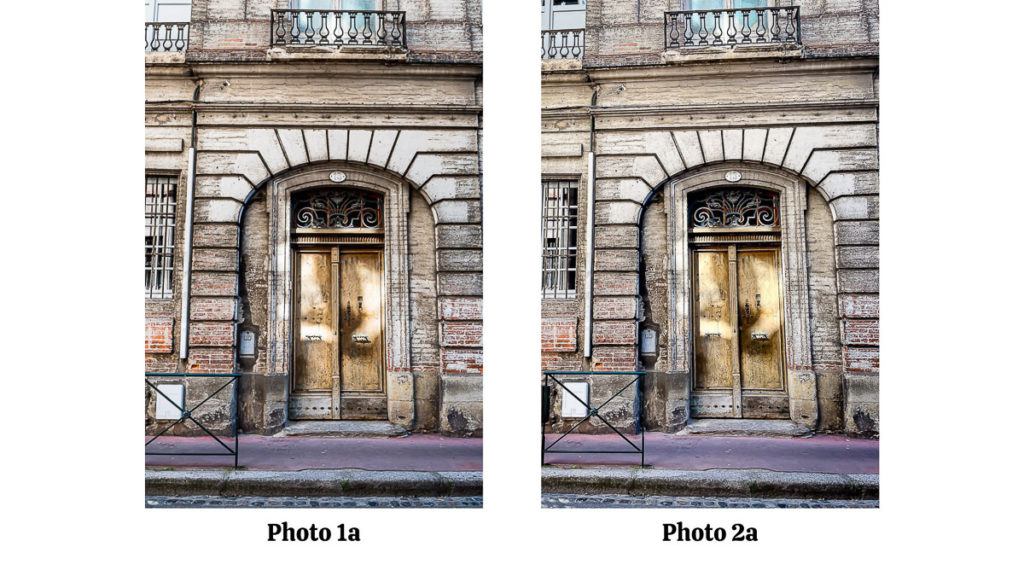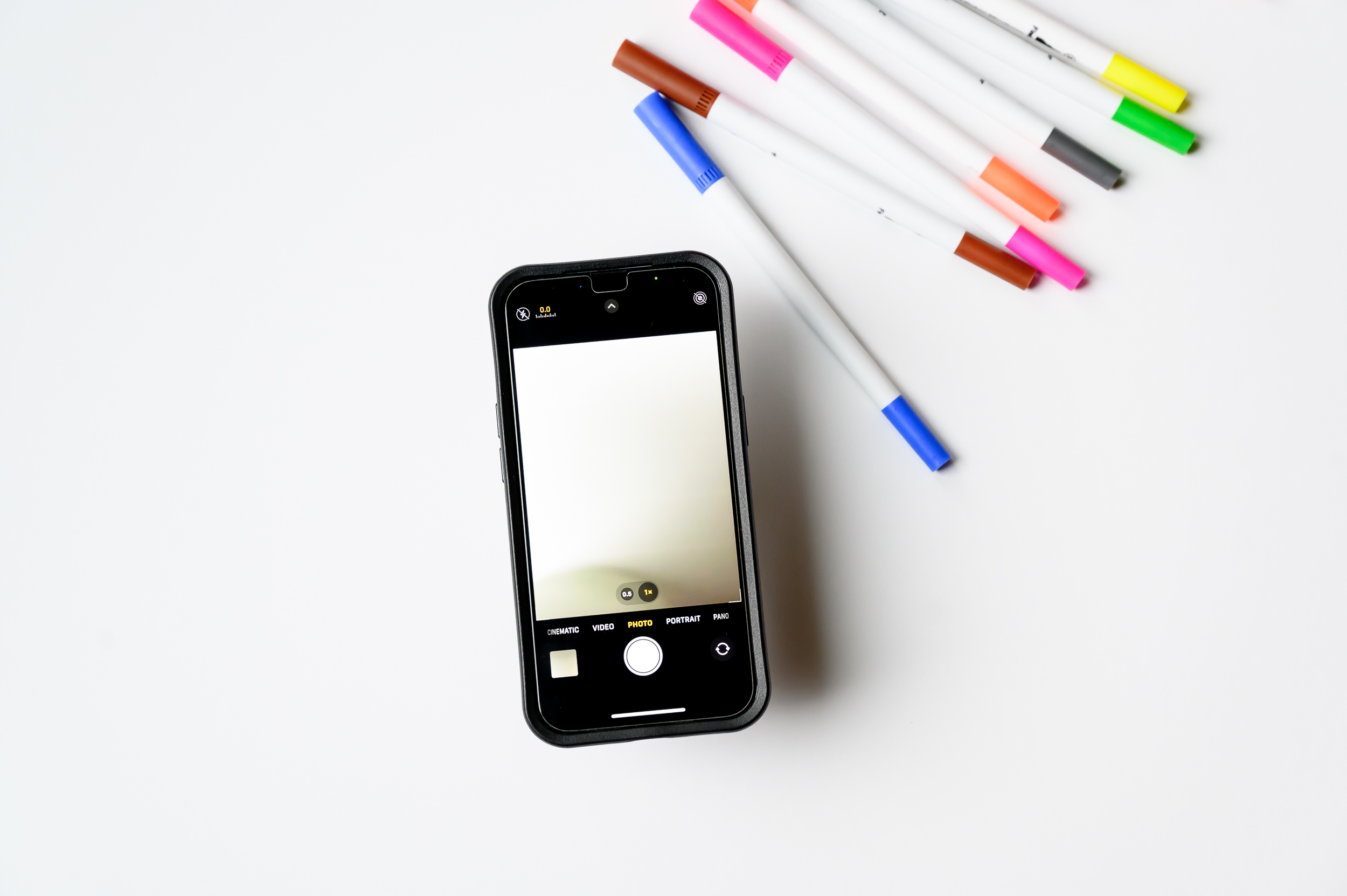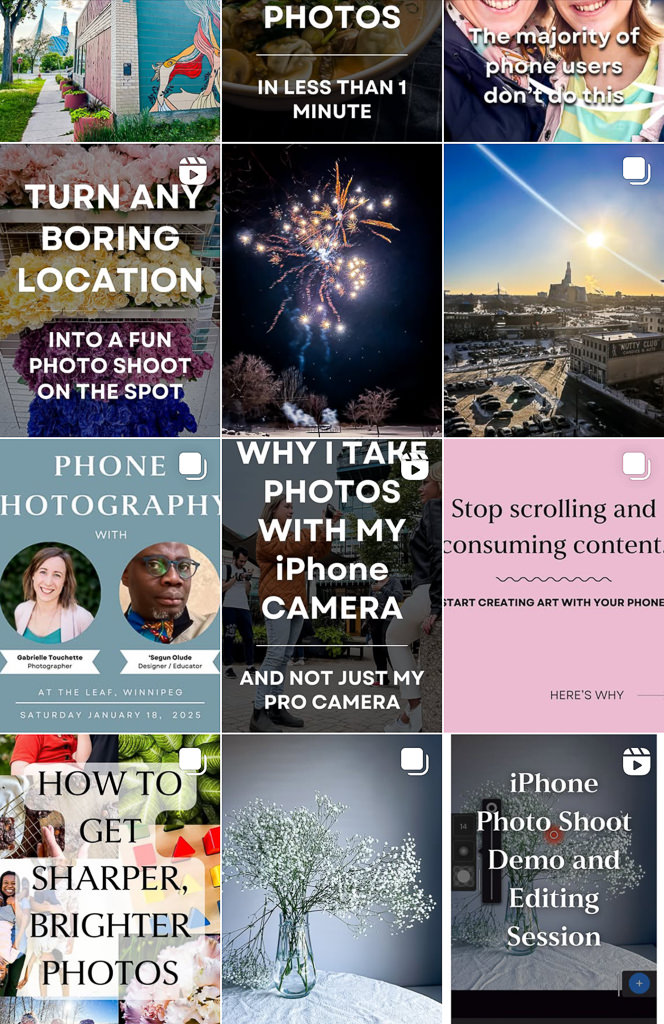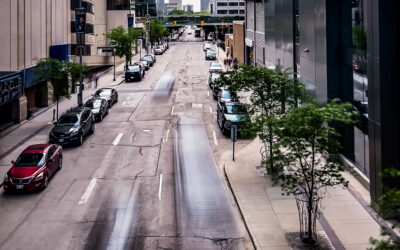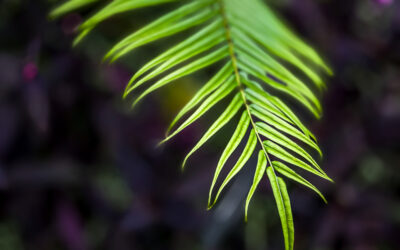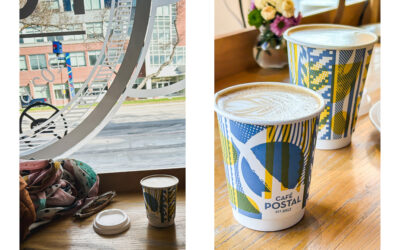For a long time I was curious to know what the difference in quality is between an iPhone photo and a photo taken with a full frame mirrorless camera. I know that professional full frame mirrorless and DSLR cameras have better quality than photos taken with a mobile phone camera – but what were the actual differences? Could the average person notice it on a small screen? Or in print?
I decided to test this during my trip to Southern France last year. I was out for a walk taking photos of old architecture with my Nikon Z6ii (mirrorless camera) and my iPhone 13 mini. I came across this ornate door and brick façade and took the same photo twice: one with each camera.
Now let’s look at it side by side and see if you can tell the difference!
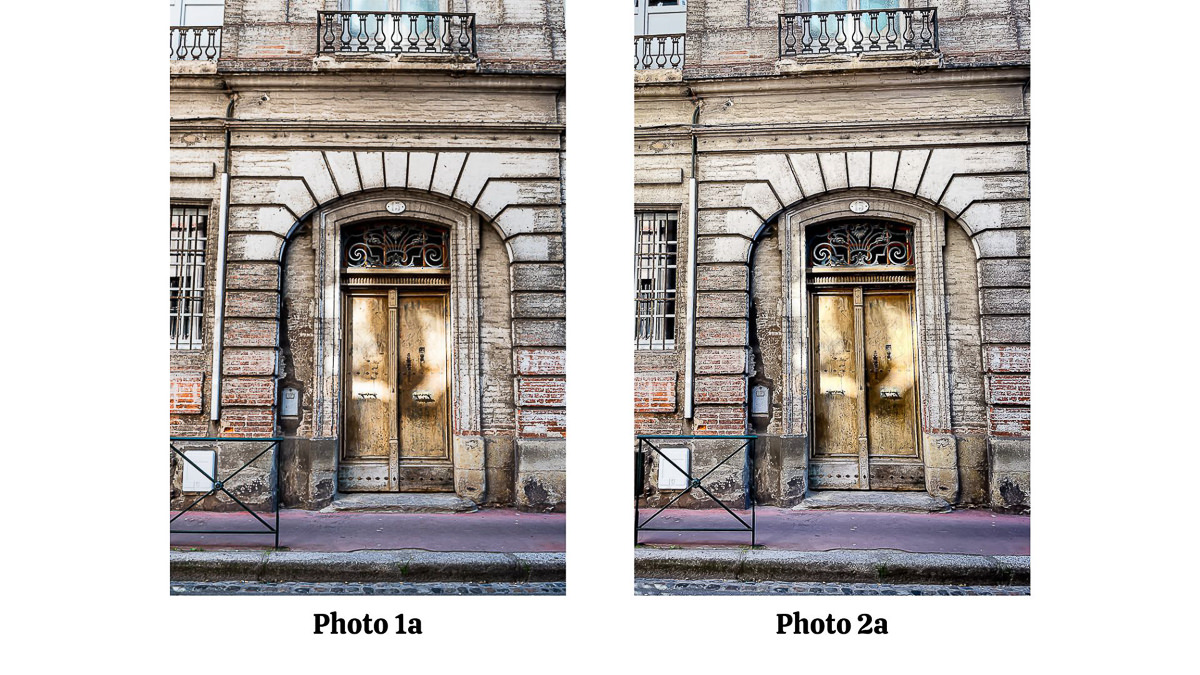
Honestly, at this size on a screen, it’s really hard to see the quality difference between a full frame professional mirrorless camera and an iPhone 13 camera. I’ve been a professional photographer for 15 years with a discerning eye and I can hardly notice any quality difference.
Next, I decided to take this test a little further. Let’s zoom in a bit more and compare them both a little closer. Do you see any difference between both photos below?:
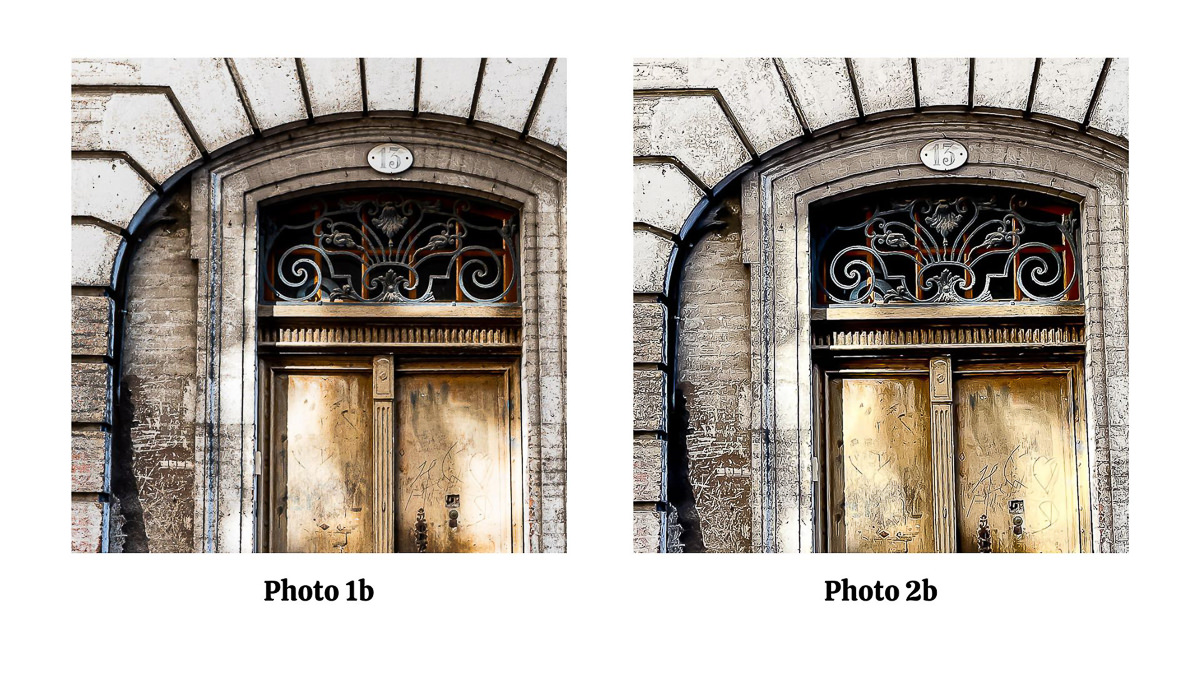
Looking here, we are starting to notice more detail differences. The photos are starting to expose their true qualities differently. But even with 1b and 2b, it’s making me want to take an even closer look. So I did my final comparison test, and zoomed in even closer. Now can you see the quality difference?:
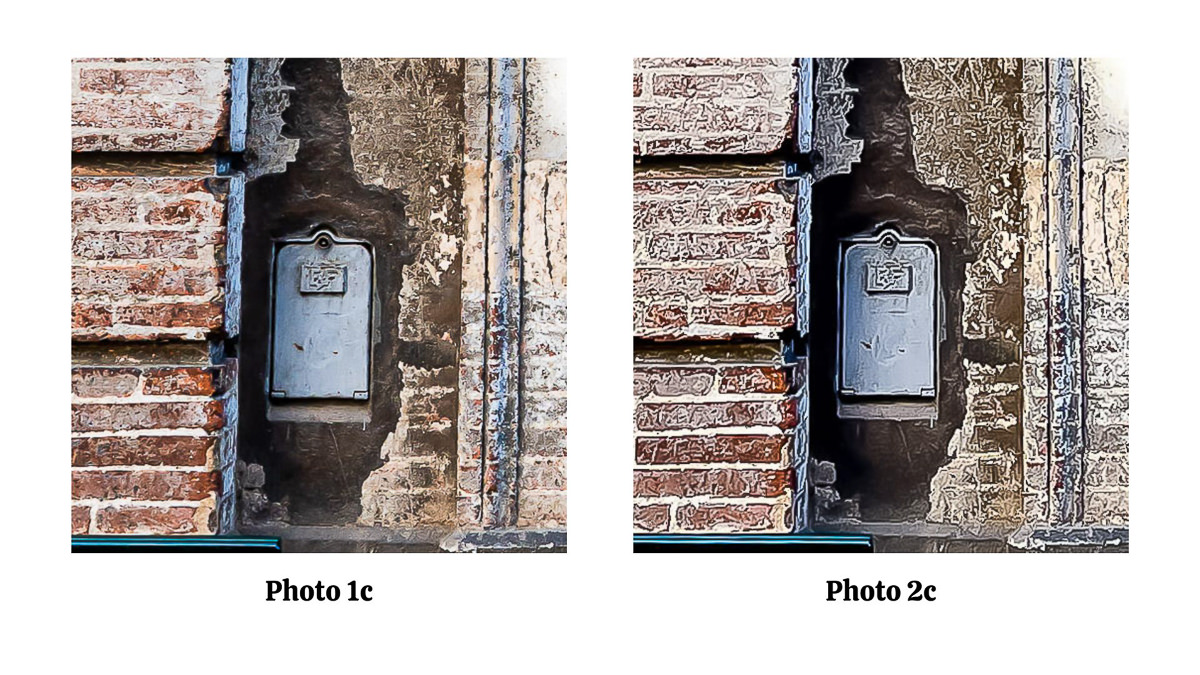
Photo 1c is clearly holding up much better than Photo 2c. The integrity of its detail, tonal range and clarity has been preserved much better than in photo 2c.
You probably have guessed it by now: Photo 1 was the Nikon Z6ii mirrorless camera and Photo 2 was the iPhone 13. Both were edited in Lightroom so they would be as identical as possible, but there is a clear difference between both.
So what does this mean?
For photos that are only displayed in low-resolution on a screen (such as in a blog post, on Instagram or on a website, etc.), the iPhone camera does a really good job. There weren’t any glaring differences in Photo 1a and Photo 2a.
However, once we start zooming in and cropping in closer on an iPhone photo, its quality starts degrading quickly. This means that if you were needing to print a really large photo or if you wanted to blow up an image, you’d run into quality issues.
Why is this important to note?
Your iPhone camera can serve you really well, you just need to be mindful of its quality limitations! For low-res photo displays online and on screens, I’m still extremely happy with how iPhone photography is going. There is a lot you can do with it and it holds up really well in those settings.
It’s important to note that getting the highest quality photo will mean relying on more professional camera equipment, especially if you plan on printing a large billboard, banners or if you want to crop in closer in a photo.

